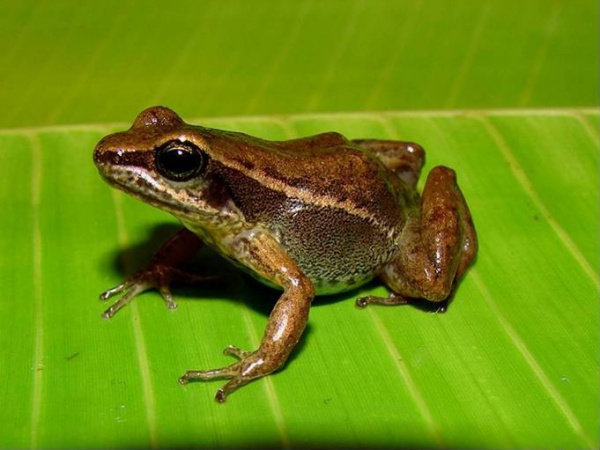Facts About Colostethus
Colostethus, commonly known as rocket frogs, are a genus of poison dart frogs indigenous to Central and South America, specifically ranging from Panama to Colombia, Ecuador, and northern Peru. It is important to note that the moniker "rocket frogs" may also be applied to frogs from different genera and families due to a taxonomic revision in 2006.
In that year, scientists determined that the Colostethus genus was not monophyletic, meaning it did not encompass all descendants of a common ancestor. This revelation prompted a significant reclassification. Originally, the Colostethus genus comprised 138 species, but this number was drastically reduced to 18. The remaining species were reassigned to eight different genera within two families: Dendrobatidae and the newly established Aromobatidae. Many former Colostethus species were reclassified into the Hyloxalus genus within Dendrobatidae, while three were introduced into the new genus Silverstoneia. Despite these reassignments, the genus Colostethus remains paraphyletic, as some species are more closely related to Ameerega than to other Colostethus species.
In terms of appearance, Colostethus frogs are typically brown with cryptic dorsal coloration and may possess a pale, sometimes incomplete, oblique lateral stripe. The texture of their dorsal skin becomes granular toward the back, and adult males exhibit a noticeably swollen third finger.

 Peru
Peru